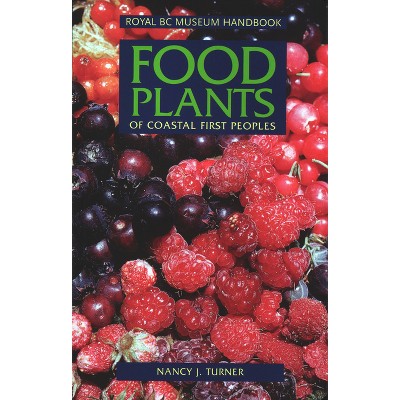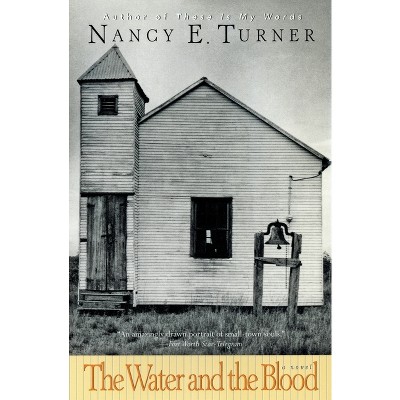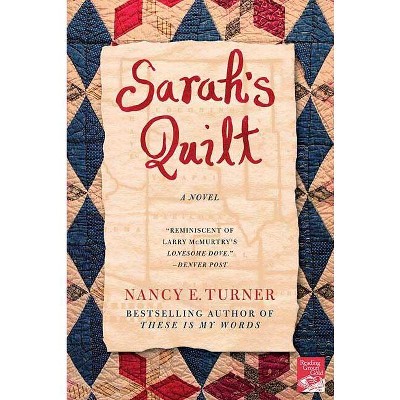Coastal Hypoxia - (Coastal and Estuarine Studies) by Nancy N Rabalais & R Eugene Turner (Hardcover)

About this item
Highlights
- Published by the American Geophysical Union as part of the Coastal and Estuarine Studies, Volume 58.
- About the Author: Nancy N. Rabalais is an American marine ecologist.
- 480 Pages
- Science, Life Sciences
- Series Name: Coastal and Estuarine Studies
Description
Book Synopsis
Published by the American Geophysical Union as part of the Coastal and Estuarine Studies, Volume 58.
Hypoxia is a condition that occurs when dissolved oxygen falls below the level necessary to sustain most animal life. In U.S. coastal waters, and in the entire western Atlantic, we find the largest hypoxic zone in the northern Gulf of Mexico on the Louisiana/Texas continental shelf. The area affected, which is about the size of the state of New Jersey at its maximal extent, has increased since regular measurements began in 1985. Sediment cores from the hypoxic zone also show that algal production and deposition, as well as oxygen stress, were much lower earlier in the 190Os and that significant increases occurred in the latter half of the twentieth century. We publish this book against the background of such measurements, and to review how the developing and expanding hypoxic zone has affected living resources on this continental shelf.
From the Back Cover
Published by the American Geophysical Union as part of the Coastal and Estuarine Studies, Volume 58About the Author
Nancy N. Rabalais is an American marine ecologist. Born in Wichita Falls, Texas, she is the daughter of Kathryn Charlotte Preusch and Stephen Anthony Nash, a mechanical engineer, and the second of four children. R. Eugene Turner is the editor of Coastal Hypoxia: Consequences for Living Resources and Ecosystems, published by Wiley.
Shipping details
Return details
Trending Poetry











